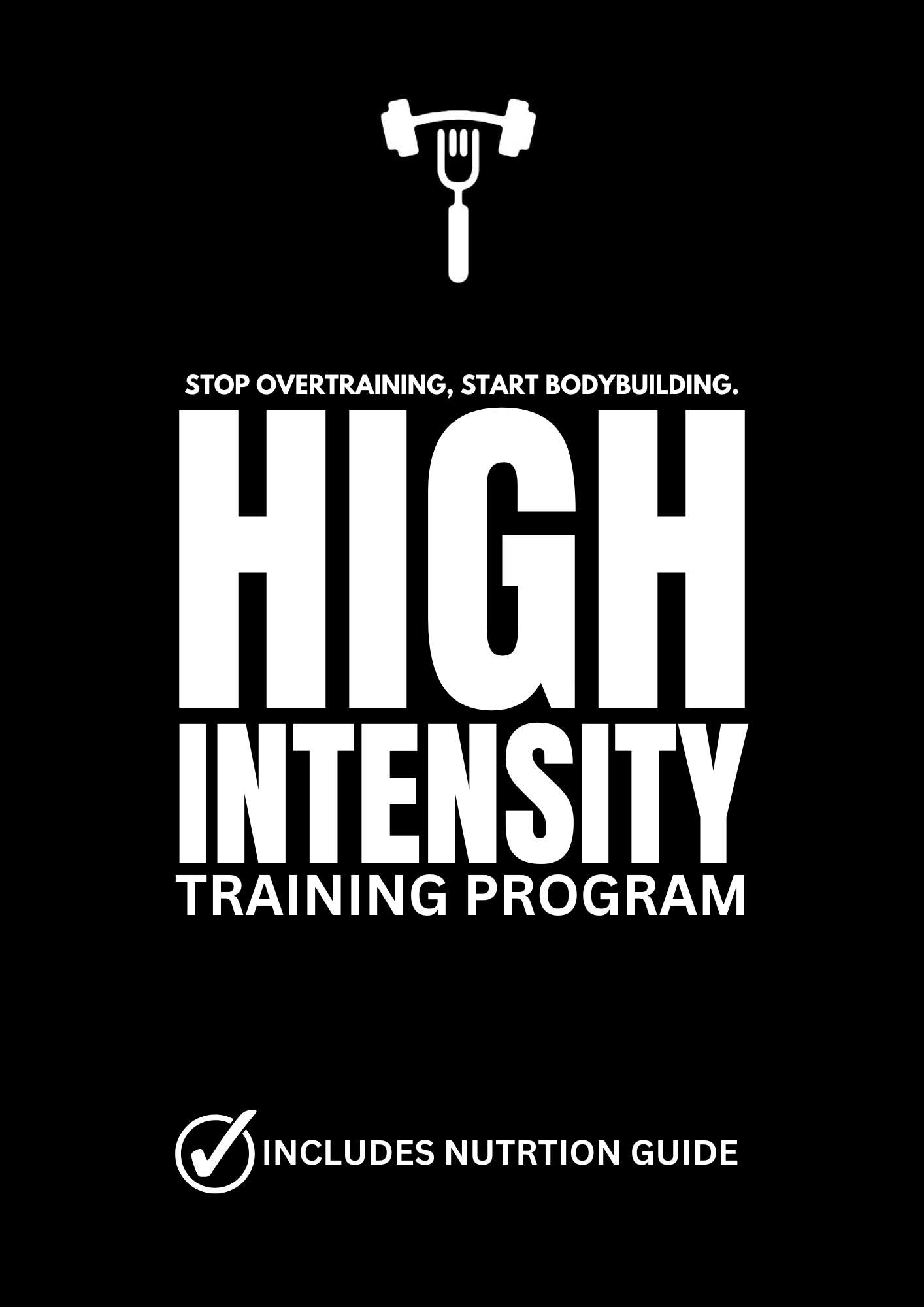The Cardio Conundrum: Debunking the Myth of Concurrent Muscle Growth

The quest for optimal muscle growth often leads to a heated debate: Does cardio hinder gains in muscle mass? While conventional wisdom may advocate for the integration of cardiovascular exercise alongside strength training, there exists a school of thought that challenges this notion. Drawing inspiration from the principles of high-intensity training, let's delve into the discourse surrounding the compatibility of cardio and muscle hypertrophy.
The central tenet of this argument echoes the sentiments of a prominent figure in the fitness world, one who championed the philosophy of efficiency in training. According to this ideology, the pursuit of muscle growth necessitates a focused approach, where each workout is meticulously tailored to maximize results. Herein lies the crux of the matter: Does the inclusion of cardio align with this principle of specificity, or does it serve as a hindrance to muscular development?
Proponents of this perspective argue that cardio, particularly when performed at moderate to high intensities, can impede the process of muscle hypertrophy. The physiological mechanisms underlying this contention stem from the conflicting adaptations elicited by endurance and strength-based activities. Cardiovascular exercise primarily targets the aerobic energy system, promoting endurance and cardiovascular health through adaptations such as increased mitochondrial density and enhanced capillary network. Conversely, strength training emphasizes the anaerobic energy system, stimulating muscle growth by inducing microtears in muscle fibers that subsequently repair and hypertrophy during periods of rest.
In essence, the divergent nature of these adaptations suggests a potential interference effect, wherein the concurrent performance of cardio and resistance training may compromise the magnitude of muscle hypertrophy. This hypothesis finds support in empirical research, with studies demonstrating diminished gains in muscle mass among individuals who engage in concurrent training compared to those who focus solely on resistance exercise.
However, the narrative surrounding cardio's detrimental impact on muscle growth is not absolute. While the principles of specificity advocate for a singular focus on resistance training to optimize hypertrophic gains, there exists a pragmatic approach to incorporating cardiovascular exercise within a muscle-building regimen.
Strategic implementation becomes paramount in navigating this conundrum. For individuals who prioritize muscle growth above all else, relegating cardio to specific timeframes and modalities can mitigate potential interference effects. Low to moderate-intensity cardio sessions, performed after weight training workouts or on designated rest days, offer a compromise that preserves cardiovascular health without compromising muscular development.
Consider the scenario of post-workout cardio: By completing a resistance training session before engaging in cardiovascular exercise, glycogen stores are depleted, and muscle protein synthesis is elevated, creating an opportune environment for fat oxidation without encroaching upon the anabolic window crucial for muscle repair and growth. Similarly, integrating low-intensity steady-state cardio on rest days serves as an active recovery modality, enhancing blood flow to muscles while facilitating metabolic waste removal without inducing excessive fatigue or detracting from recovery.
Ultimately, the relationship between cardio and muscle growth is nuanced, predicated on individual goals, preferences, and training methodologies. While the principles espoused by high-intensity training advocate for a streamlined approach to maximize muscular adaptations, pragmatic considerations necessitate a balanced approach that accommodates both cardiovascular health and hypertrophic goals.
In conclusion, while cardio may pose a potential hindrance to muscle growth when performed indiscriminately, strategic integration within a well-designed training program can reconcile the dichotomy between cardiovascular exercise and muscular development. By adhering to the principles of specificity and prioritizing recovery, individuals can navigate the cardio conundrum to achieve optimal results in both realms of fitness.

